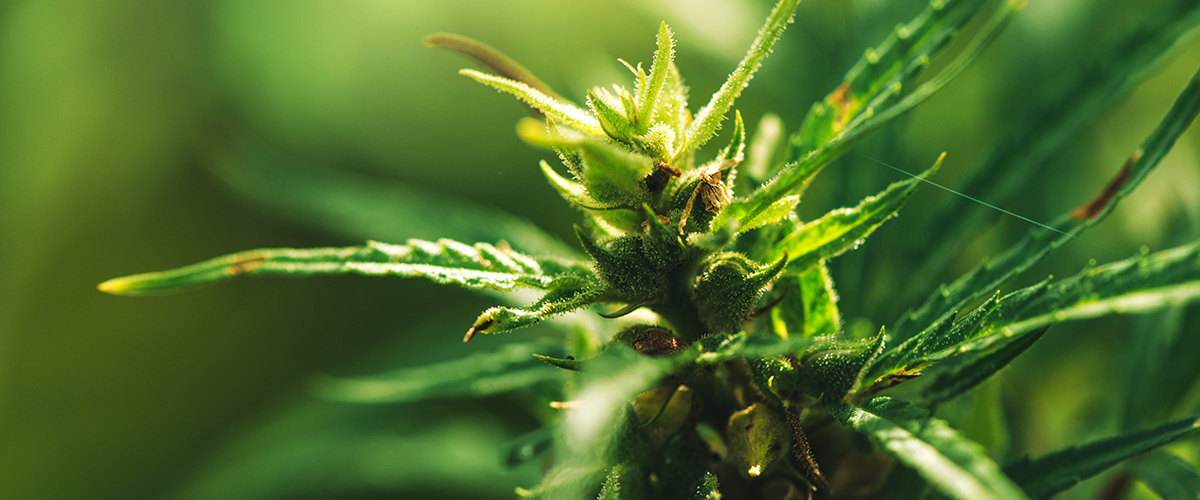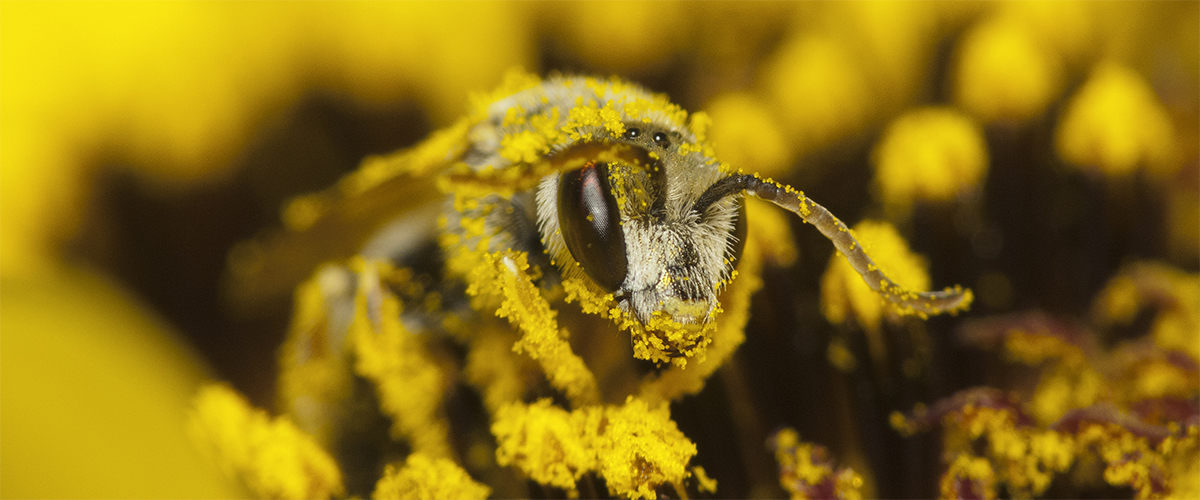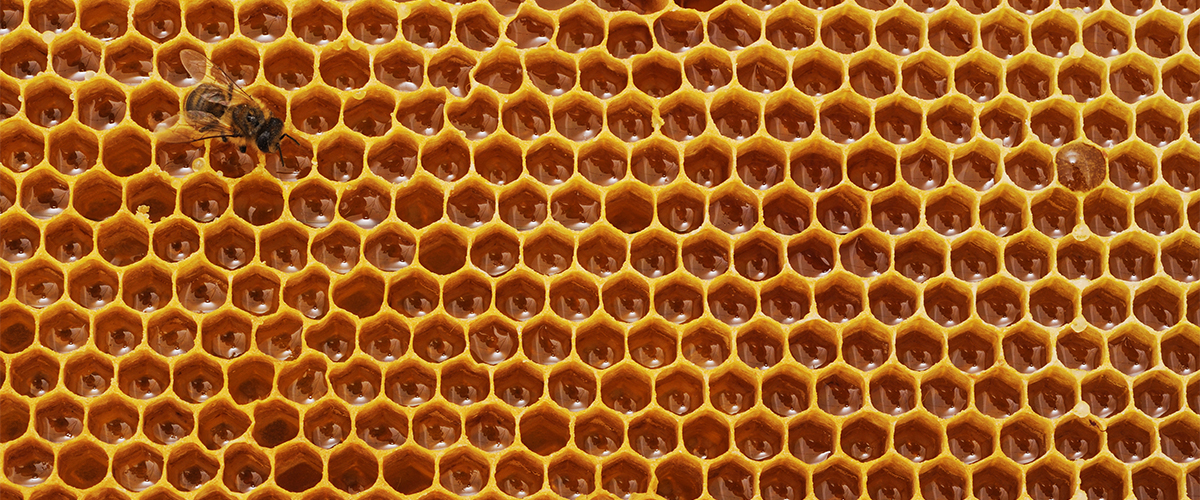The researchers noticed that a wide variety of bees showed up in experimental hemp plots when other sources of pollen were unavailable.
Bees are dying at an alarming rate. As the world’s most important pollinator of food crops, their decline has been a growing concern around the planet.
While a combination of factors are thought to contribute to bees dying in larger numbers, new data out of Colorado State University suggests that hemp fields may help save the bees who would otherwise die from starvation.
Entomology student Colton O’Brien and his adviser Arathi Seshadri recently found evidence that hemp plants could be vital to bee colony health during times when pollen in scarce.
In a one-month trapping survey aimed at exploring bee diversity in industrial hemp farms, O’Brien discovered a wide variety of bees in the traps he set up in two experimental hemp plots. In his traps, he found bees in 23 of the 66 genera known to live in Colorado.
“You walk through fields and you hear buzzing everywhere,” O’Brien recently told Science News.
O’Brien presented the findings this month at Entomology 18, an annual gathering of U.S. and Canadian entomological societies.
Hemp as a Source of Pollen
Hemp plants do not produce nectar, and therefore rely on wind, rather than insects, to spread pollen. Still, O’Brien reported finding heavy pollinators like bumblebees, sweat bees, and many others attracted to the plant’s greenish-yellow pollen.
Pollen serves as the primary source of protein for the hive and is crucial for bees to feed their young. According to O’Brien, during his trap survey in August 2016 there weren’t a lot of other flowers blooming.
Hemp plants flower later than other plants. While not much is known about the nutritional qualities of hemp pollen, O’Brien’s findings suggest that hemp may serve as a go-to food source for pollinators in times when other pollen isn’t available, like during late-season.
“Dioecious and wind-pollinated, staminate hemp plants exhibit mass pollen shedding,” O’Brien explains. “At this point in the season many crops have completed bloom leading to a dearth of nutritional resources for pollinators.”
“Thus, hemp becomes a valuable pollen source for foraging bees, giving it the potential to have a strong ecological value,” he added.

What More Hemp Could Mean For Bees
Hemp’s resurgence in the U.S. began four years ago with the passing of the 2014 U.S. Farm Bill. The mammoth bill included provisions that allowed states such as Colorado to legalize hemp cultivation for research and pilot programs. More than 30 states have passed laws to revive the versatile and valuable crop.
With federal hemp legalization likely around the corner, domestic hemp production is expected to continue to increase. More hemp farms could mean more food sources for hungry bees.
While encouraged, O’Brien notes that he is concerned that more widespread hemp farming could potentially lead to pest management techniques that prove harmful to bees. He urged crop scientists to be mindful of bee health when developing pest-fighting strategies.
“With the proposed Hemp Farming Act of 2018, farmer interest in hemp cultivation is expected to grow” he said. “While the diversity of bees on flowering hemp indicates its ecological value, expanding hemp cultivation is likely to draw pests to the crop requiring pest control measures.”
“Our documentation of bee diversity in hemp and the nutritional value of hemp pollen, supports the need for the development of integrated pest management practices that protect pollinators and maintain ecosystem functions,” he added.
More on Hemp
Learn everything you need to know about hemp, including laws and benefits, by visiting our education page.







